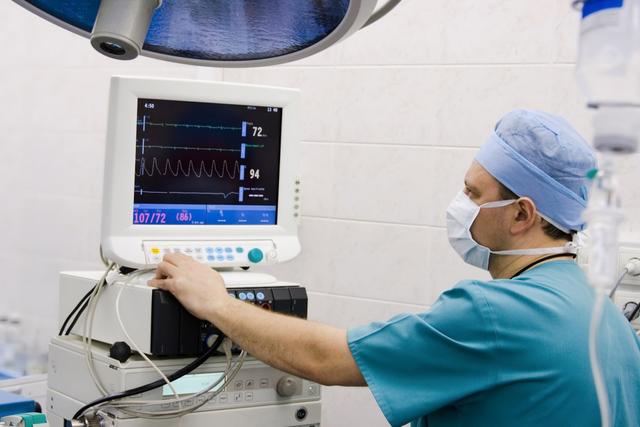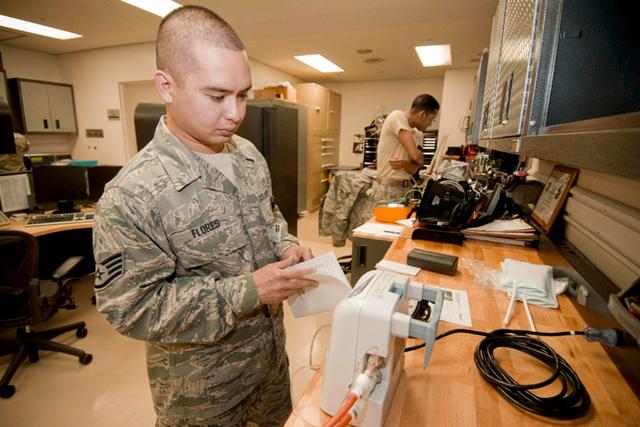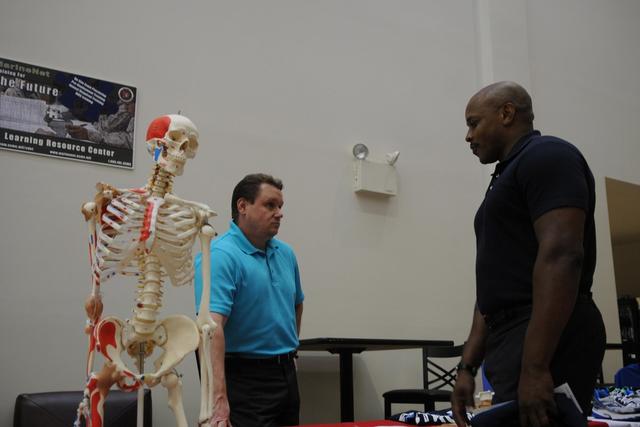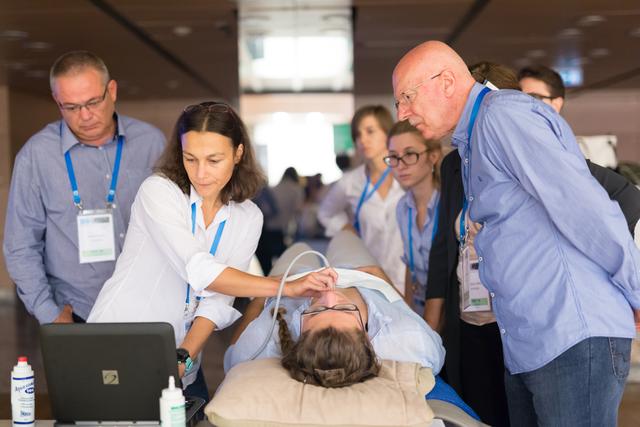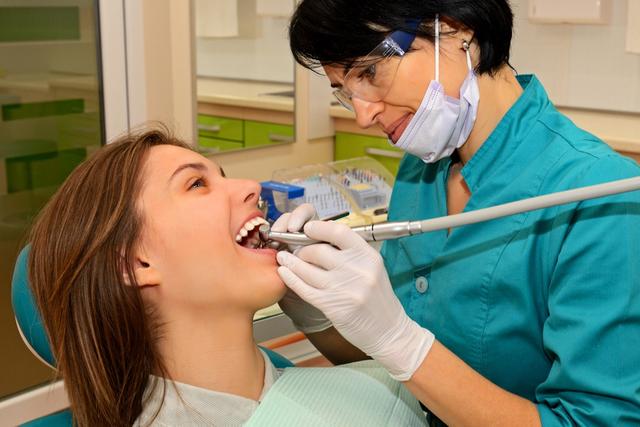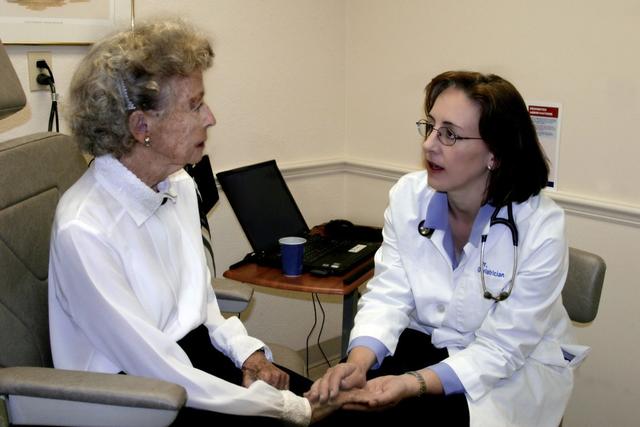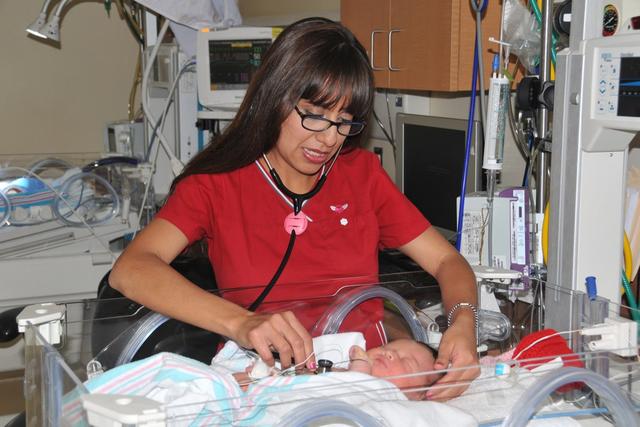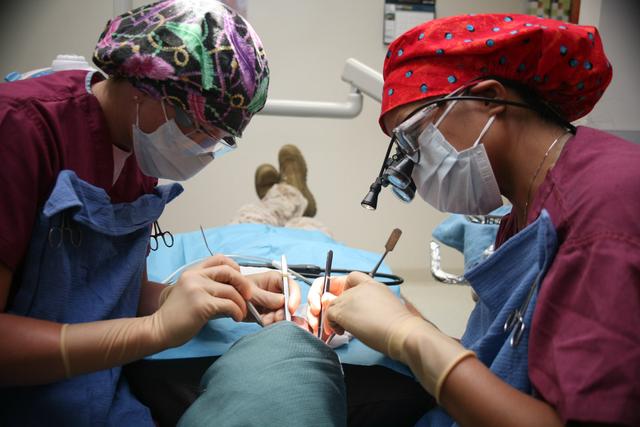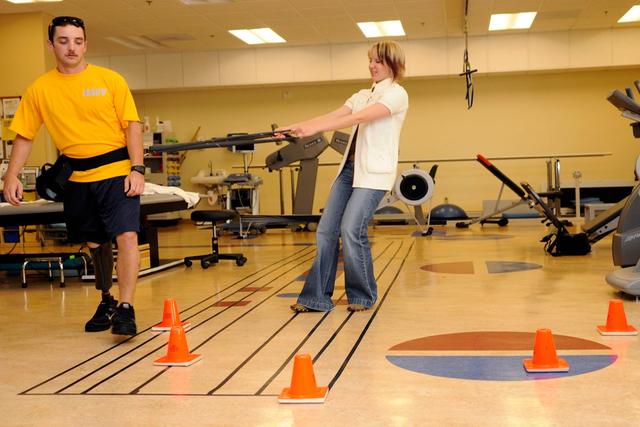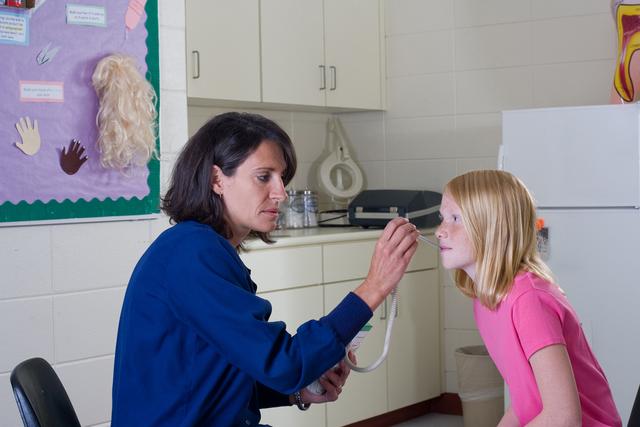Orthoptists
Overview

Introduction
Orthoptists test, diagnose, and treat defects in the eye. The types of defects they treat can include double vision, binocular vision, or abnormal eye movements. They work in private practices, hospitals, health care centers, and in eyecare stores that offer eye examinations. They examine patients, perform diagnostic tests, and provide treatment recommendations and instructions. The Bureau of Labor Statistics reported orthoptists as part of approximately 56,800 health diagnosing and treating practitioners employed in the United Stat...
Quick Facts
Median Salary
Employment Prospects
Minimum Education Level
Experience
Skills
Personality Traits
Earnings
Orthoptists employed in March 2020 earned a median salary of $66,210, according to a report by PayScale.com. Salaries ranged from about $55,000 to $94,000 or more. The Bureau of Labor Statistics reported that orthoptists and other health diagnosing and treating practitioners employed in the United States in May 2018 earned a median salary of $73,960. The lowest 10 percent earned $40,910 or less...
Work Environment
Orthoptists work in the offices and examination rooms of private practices, clinics, and hospitals. Their work space is usually clean, well lighted, and well organized. They work full-time hours, typically 40 hours per week. Those that work in clinics or hospitals may work in the evenings, weekends, and/or during holidays. Every work day will be different, as the patients needs and personalitie...
Outlook
Orthoptists will have good job opportunities in the years to come, according to the Occupational Information Network, which predicts rapid employment growth. One factor that will contribute to this growth is the aging population. More people are living longer, which is leading to greater demand for orthoptists and other eye specialists to help diagnose and treat eye disorders. The Bureau of Lab...



